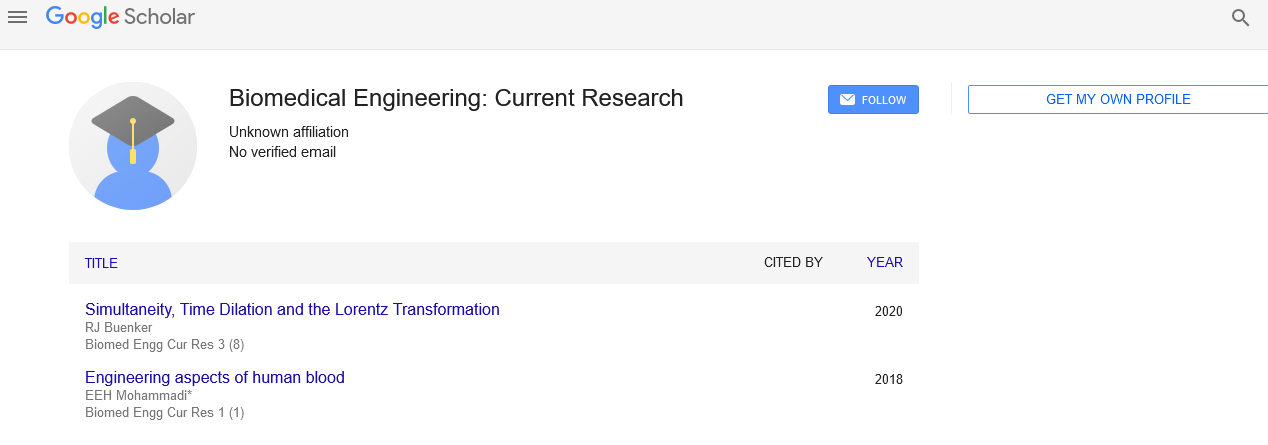Early Diagnosis of Cancer by Biomedical Image Processing
Published: 27-Dec-2021
This open-access article is distributed under the terms of the Creative Commons Attribution Non-Commercial License (CC BY-NC) (http://creativecommons.org/licenses/by-nc/4.0/), which permits reuse, distribution and reproduction of the article, provided that the original work is properly cited and the reuse is restricted to noncommercial purposes. For commercial reuse, contact reprints@pulsus.com
Commentary
Medical imaging, often known as radiology, is a branch of medicine in which doctors reconstruct images of various body components for diagnostic or therapeutic purposes. Non-invasive medical imaging technologies allow clinicians to diagnose injuries and diseases without becoming obtrusive.
Non-invasive medical imaging allows clinicians to better analyse patients’ bones, organs, tissue, and blood arteries. The procedures aid in determining whether surgery is an effective treatment option, locating tumours for treatment and removal, locating blood clots or other blockages, directing doctors performing joint replacements or fracture treatment, and assisting with other procedures involving the placement of devices inside the body, such as stents or catheters.
X-ray (plain film and computed tomography [CT]), ultrasound (US), magnetic resonance imaging (MRI), single-photon emission computed tomography (SPECT), positron emission tomography (PET), and optical imaging are the only imaging modalities available to clinicians who diagnose, stage, and treat human cancer. Only four of these (CT, MRI, SPECT, and PET) can detect cancer in three dimensions (3D) anyplace on the human body. It’s vital to remember that these imaging modalities were created and evolved based on historical breakthroughs in physics and/or chemistry, not on the demands of oncologists. As will be discussed, all four 3-D imaging methods have sensitivity and/or resolution issues that prevent them from solving many of the most pressing clinical challenges in cancer screening. All four 3-D imaging methods, as will be discussed, have sensitivity and/or resolution inadequacies that prevent them from solving many of the most pressing clinical concerns in cancer screening, staging, and treatment; they were simply not equipped to image small numbers of cancer cells.
Clinicians should seek out approaches that aid in the early detection of cancer, as early detection is crucial for improving survival and treatment cost effectiveness, as well as lowering mortality rates. The most significant instruments for providing aid are medical photographs. Medical images, on the other hand, have considerable limitations in terms of detecting some neoplasias, which stem either from the imaging techniques themselves or from human visual or cognitive capabilities. Early diagnosis of problems and therapy monitoring are now possible because to image processing technology. Because time is so critical in cancer treatment, imaging techniques are employed to speed up diagnosis more than in other cancers, notably in tumours of the lung and breast.
Early cancer detection focuses on recognising symptomatic individuals as soon as feasible so that they can receive the best therapy available. When cancer therapy is delayed or unavailable, there is a reduced likelihood of survival, more treatment complications, and higher treatment expenses. Early detection and diagnosis of cancer can greatly improve your chances of a successful treatment. Early cancer treatments can also be less expensive and complicated than treatments for more advanced cancers, saving you and your family time and money. Early identification also aids doctors in identifying precancerous tissue anomalies that are likely to grow into lifethreatening malignancies, allowing for earlier intervention in the hopes of preventing cancer from occurring at all. Similarly, being able to effectively detect precancerous tissue abnormalities and early tumours before they grow into potentially fatal malignancies can save you and your family money and time by avoiding unneeded treatment. Despite this, far too many people are diagnosed with cancer late in the game, compromising their prospects of a successful treatment and long-term survival. Imaging in cancer detection can help detect cancers at their earliest stages, increasing your chances of a successful therapy.
Acknowledgment
The authors are grateful to the journal editor and the anonymous reviewers for their helpful comments and suggestions.
Declaration of Conflicting Interests
The authors declared no potential conflicts of interest for the research, authorship, and/or publication of this article.





